Antioxidine is a proprietary blend of antioxidants and other natural food and plant extracts. It takes the ingredients in nature that have been shown to support your skin and eyes better than anything else and combines them into one product—with the most effective natural antioxidants at the right concentrations.
Antioxidine is a precise combination of specific ingredients that research shows are effective at supporting your skin’s natural ability to defend against the effects of environmental stresses.
Proprietary Antioxidine Complex was developed and formulated exclusively by Napa Valley Bioscience for the specific purpose of promoting your defenses against the adverse effects of the environment. There is a lot of research on these Sunsafe Rx ingredients. Sunsafe Rx, and the Antioxidine formula, also have many other health benefits for your skin, eyes, and body.
Scientific Research
There are hundreds of clinical studies and published scientific papers encompassing decades of research that document the effectiveness of the ingredients contained in Antioxidine and Sunsafe Rx.
All of the active ingredients in Sunsafe Rx have supportive properties in your skin, and their efficacy has been well-documented.
Here you will find a brief summary of the benefits of each active ingredient. Please note, however, that sunlight is harmful. Sunsafe Rx should not be considered a sunscreen and is not intended to replace other methods of sun protection.
For a sample of some of the published research for Sunsafe Rx, expand the respective sections below:
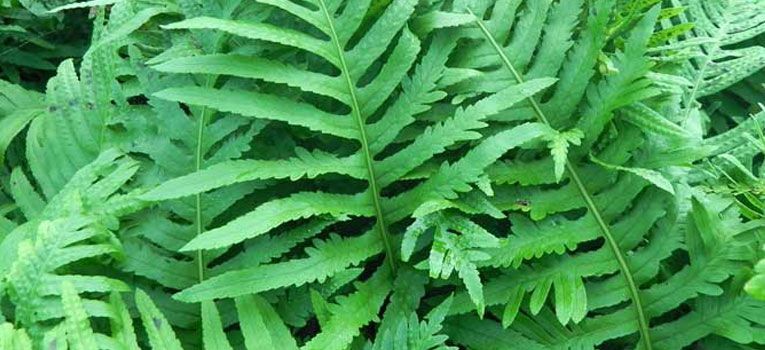
Polypodium Leucotomos Leaf Extract
P. leucotomos is a fern native to Central and South America; an extract of the fern has been used in Central America for hundreds of years and in Europe for decades for its various health benefits. Specifically, P. leucotomos leaf extract has demonstrated unprecedented support in skin.
Please note: Napa Valley Bioscience uses its own standardized proprietary extract of Polypodium leucotomos, which may differ from the extract cited in these research publications. Napa Valley Bioscience is not affiliated with the researchers or companies cited in these research publications.
Oral Polypodium Leucotomos Extract Decreases Ultraviolet-Induced Damage Of Human Skin
Results:
Oral administration of PL is an effective systemic chemophotoprotective agent leading to significant protection of skin against UV radiation.
Photoprotective Properties Of A Hydrophilic Extract Of The Fern Polypodium Leucotomos On Human Skin Cells
Results:
Our in vitro results demonstrate the photoprotective effect of PLE on human cells and support its use in the preventive treatment of sunburning and skin pathologies associated with UV-mediated damage.

Green Tea Extract
Green tea is loaded with healthy compounds called polyphenols, including a catechin called epigallocatechin-3-gallate (EGCG). EGCG has been demonstrated to be protective in human skin.
The Green Tea Polyphenol (-)-Epigallocatechin Gallate And Green Tea Can Protect Human Cellular DNA From Ultraviolet And Visible Radiation-Induced Damage
Results:
The studies showed that green tea and/or some constituents can offer some protection against UV-induced DNA damage in human cell cultures and also in human peripheral blood samples taken post-tea ingestion.
Green Tea Protects Against Psoralen Plus Ultraviolet A-Induced Photochemical Damage To Skin
Results:
In summary, these data demonstrate that standardized green tea extract protects against psoralen plus ultraviolet a-induced phototoxicity by inhibiting DNA damage and diminishing the inflammatory effects of this modality.

Grape Seed Extract
Grape seed extract contains a high concentration of proanthocyanidins: polyphenols with powerful antioxidant activity. Proanthocyanidins are found in apples, dark berries such as cranberries and black currants, and plants such as cinnamon and cocoa beans, and are also the principal polyphenols in red wine. Proanthocyanidins play a role in the maintenance of collagen and elastin—supporting skin and other connective tissue throughout the body—and have been shown to inhibit skin damage, DNA damage, immune suppression, and other serious skin issues.
Grape Seed Proanthocyanidines And Skin Cancer Prevention: Inhibition Of Oxidative Stress And Protection Of Immune System
Results:
Dietary grape seed proanthocyanidins could be useful in the attenuation of the adverse UV-induced health effects in human skin.
Polyphenols: Skin Photoprotection And Inhibition Of Photocarcinogenesis
Results:
The new information on the mechanisms of action of these polyphenols (including grape seed proanthocyanidins) supports their potential use in skin photoprotection and prevention of photocarcinogenesis in humans.
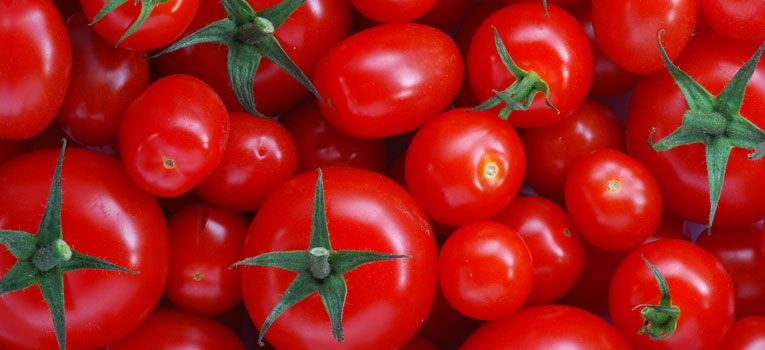
Lycopene
A carotene, lycopene is a bright red phytochemical found in many plants, vegetables, and fruits including tomatoes, watermelons, guavas, papayas, and gac (a fruit native to southeast Asia). It is an extremely powerful antioxidant (100 times more efficient at quenching singlet-oxygen than Vitamin E) with known protective properties.
Lycopene-Rich Products And Dietary Photoprotection
Results:
Following ingestion of lycopene or tomato-derived products rich in lycopene, photoprotective effects have been demonstrated…Dietary carotenoids may contribute to life-long protection against harmful UV radiation.
Dietary Tomato Paste Protects Against Ultraviolet Light-Induced Erythema In Humans
Results:
The data demonstrate that it is feasible to achieve protection against UV light-induced erythema by ingestion of a commonly consumed dietary source of lycopene.

Beta-Carotene, Alpha-Carotene, and Gamma-Carotene
A reddish-orange pigment abundant in plants, fruits, and vegetables such as palm fruit, carrots, pumpkin, sweet potatoes, and spinach, beta-carotene has been shown to decrease skin sensitivity and can, as needed, be converted into the active form of Vitamin A (retinal) in the human body. Alpha-carotene and gamma-carotene, both isomers of beta-carotene, also exist naturally in many fruits and vegetables, often together with beta-carotene, and similarly show Vitamin A activity.
Beta-Carotene, Alpha-Carotene, and Gamma-Carotene all demonstrate comparable protective properties and, additionally, are an ideal, non-toxic way of obtaining an optimal dietary amount of Vitamin A. In addition to playing a diverse variety of roles in humans, Vitamin A is crucial to the proper functioning of the retina of the eye.
Supplementation With Beta-Carotene Or A Similar Amount Of Mixed Carotenoids Protects Humans From UV-Induced Erythema
Results:
Long-term supplementation for 12 weeks with 24 mg/day of a carotenoid mix supplying similar amounts of beta-carotene, lutein and lycopene ameliorates UV-induced erythema in humans; the effect is comparable to daily treatment with 24 mg of beta-carotene alone.
Protection From Sunburn With B-Carotene—A Meta-Analysis
Results:
Dietary supplementation of humans with beta-carotene provides protection against sunburn in a time-dependent manner.

Lutein
A carotenoid belonging to a class of phytochemicals called xanthophylls (meaning “yellow leaves”), lutein is an antioxidant and important component of the retina of the eye. Extremely important in eye and skin health, lutein may help protect against age-related degeneration. Lutein is found in egg yolks, some fruits and nuts, and many leafy green vegetables and plants; some common sources of lutein include goji berries, kiwifruit, peas, kale, spinach, broccoli, zucchini, corn, chard, collard greens, Brussels sprouts, and pistachios.
Dietary Lutein Reduces Ultraviolet Radiation-Induced Inflammation and Immunosuppression
Results:
Lutein modulates the skin’s response to ultraviolet radiation and may contribute to the defense against some of the deleterious effects of solar radiation.
Beneficial Long-Term Effects Of Combined Oral/Topical Antioxidant Treatment With The Carotenoids Lutein And Zeaxanthin On Human Skin: A Double-Blind, Placebo-Controlled Study
Results:
Combined oral and topical administration of lutein and zeaxanthin provides the highest degree of antioxidant protection. However, oral and topical administration of these antioxidants individually also provides significant activity in the skin. In addition, oral administration of lutein may provide better protection than that afforded by topical application of this antioxidant when measured by changes in lipid peroxidation and photoprotective activity in the skin following UV light irradiation.
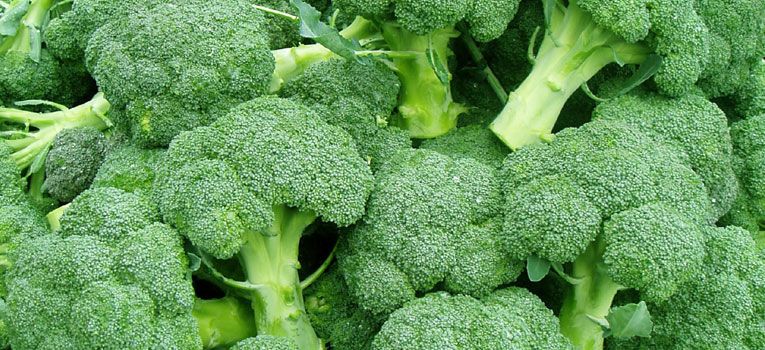
Zeaxanthin
Also a naturally-occurring xanthophyll, zeaxanthin is structurally very similar to lutein. Zeaxanthin is an important component of the macular area of the retina of the eye and, along with lutein, may help support the skin and eyes in the presence of environmental stresses. Zeaxanthin is found in egg yolks and many of the same leafy green vegetables and plants as lutein; paprika and saffron also contain zeaxanthin.
Lutein And Zeaxanthin In Eye And Skin Health
Results:
In the eye, lutein and zeaxanthin have been shown to filter high-energy wavelengths of visible light and act as antioxidants to protect against the formation of reactive oxygen species and subsequent free radicals. Human studies have demonstrated that lutein and zeaxanthin are present in the skin, and animal studies have provided evidence of significant efficacy against light-induced skin damage, especially the ultraviolet wavelengths. This article reviews the scientific literature pertaining to the effects that lutein and zeaxanthin exhibit in the human eye and skin.
Dietary Lutein/Zeaxanthin Partially Reduces Photoaging And Photocarcinogenesis In Chronically UVB-Irradiated Skh-1 Hairless Mice
Results:
These data demonstrate that dietary lutein/zeaxanthin supplementation protects the skin against UVB-induced photoaging and photocarcinogenesis.

Astaxanthin
Another xanthophyll, astaxanthin is naturally found in algae and many different kinds of seafood including salmon, shrimp, krill, and lobster. It is a powerful antioxidant which research shows may help protect tissue from oxidative damage and support tissue during exposure to other types of environmental stressors.
Haematococcus Astaxanthin: Applications For Human Health And Nutrition
Results:
This article covers the antioxidant, UV-light protection, anti-inflammatory and other properties of astaxanthin and its possible role in [protection against] many human health problems. The research reviewed supports the assumption that protecting body tissues from oxidative damage with daily ingestion of natural astaxanthin might be a practical and beneficial strategy in health management.
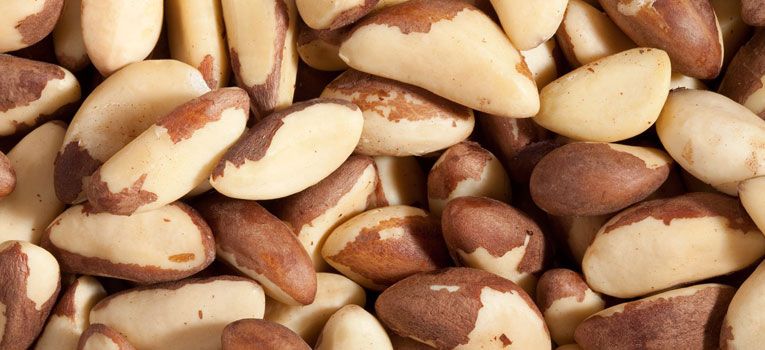
Selenium
Selenium is an essential dietary micronutrient for animals and is necessary for normal cellular function. It forms the active center of glutathione peroxidase: an antioxidant enzyme whose biological function is to protect the body—including the skin—from oxidative damage. Dietary sources of selenium include Brazil nuts, mushrooms, cereals, meat, fish, and eggs.
Immediate Effects Of UV Radiation On The Skin: Modification By An Antioxidant Complex Containing Carotenoids
Results:
After the oral intake of an antioxidant complex [lycopene, beta-carotene, alpha-tocopherol, and selenium] many parameters of the epidermal defense against UV-induced damages are significantly improved. The oral intake of antioxidant complex could provide a safe, daylong and efficient complement to photo-protective measures provided by topical and physical agents and may contribute to reduce the DNA damages leading to skin aging and skin cancers.
Selenium, Ultraviolet Radiation And The Skin
Results:
Selenium (Se) is a dietary trace mineral in which there has recently been a surge of interest, in both the popular and the scientific press, because of its demonstrated anti-carcinogenic and anti-inflammatory properties in humans. In this short review, I will explain why Se is an important component of cellular anti-oxidant defenses and review its protective effects against UV radiation-induced damage to skin cells.
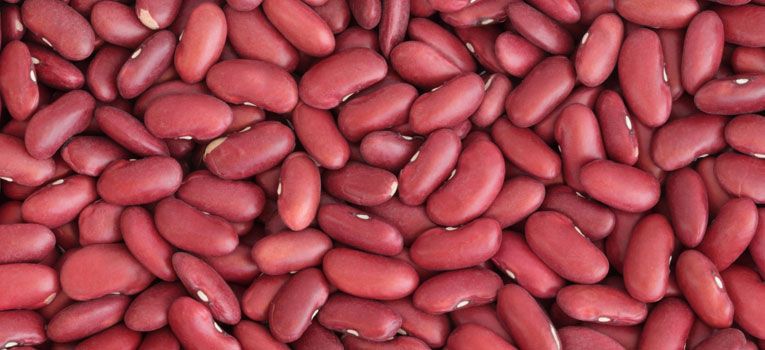
Zinc
Another essential dietary mineral, zinc is involved in a wide array of necessary functions in the body. In the skin, zinc both provides direct antioxidant protection and is the essential element of the proficient antioxidant enzyme superoxide dismutase. Oysters and other seafood, meat, beans, and nuts are all dietary sources of zinc.
Evidence Supporting Zinc As An Important Antioxidant For Skin
Results:
This article reviews the evidence supporting zinc’s antioxidant role in protecting against free radical-induced oxidative damage. Zinc protects against UV radiation, enhances wound healing, contributes to immune and neuropsychiatric functions, and decreases the relative risk of cancer and cardiovascular disease…

Vitamin C
L-ascorbic acid, also known as Vitamin C, is an essential nutrient in a range of metabolic reactions, including the synthesis of collagen—a major component of the dermal layer of the skin. Vitamin C is found in citrus fruits such as grapefruit and oranges, red sweet peppers, broccoli, tomato juice, brussels sprouts, potatoes, and spinach.
Modulation Of UV-Light-Induced Skin Inflammation By D-Alpha-Tocopherol And L-Ascorbic Acid: A Clinical Study Using Solar Simulated Radiation
Results:
D-alpha-tocopherol [Vitamin E] and L-ascorbic acid [Vitamin C] act synergistically in suppression of the sunburn reaction.
Ultraviolet B-Induced DNA Damage In Human Epidermis Is Modified By The Antioxidants Ascorbic Acid And D-Alpha-Tocopherol
Results:
The intake of a combination of the antioxidants Vitamins C and E for a period of 3 months significantly reduced the sunburn reaction to UVB irradiation, and significantly less thymine dimers were induced by the UVB challenge, suggesting that antioxidant treatment protected against DNA damage.

Vitamin E
While Vitamin E can refer to any one of eight different tocopherols or tocotrienols, the Vitamin E in Antioxidine consists of d-alpha-tocopherol—the most active, preferentially absorbed form. D-alpha-tocopherol is an essential lipid and antioxidant that shows protective properties against skin damage. Among the best sources of Vitamin E are nuts such as almonds and hazelnuts, sunflower seeds, and wheat germ oil.
Carotenoids And Carotenoids Plus Vitamin E Protect Against Ultraviolet Light-Induced Erythema In Humans
Results:
The antioxidants [carotenoids and tocopherols] used in this study provided protection against erythema in humans and may be useful for diminishing sensitivity to ultraviolet light.
Cancer Chemopreventive Effects Of Oral Feeding A-Tocopherol On Ultraviolet Light B Induced Photocarcinogenesis Of Hairless Mouse
Results:
Oral feeding of alpha-tocopherol including diet exhibited marked inhibitory effects on both tumor incidence and multiplicity in UVB induced mouse skin photocarcinogenesis.

Omega-3
While the most readily available source is cold water fish, some nuts and seeds, such as walnuts and flaxseed, also contain some omega-3 fatty acids. Including ALA (alpha-linolenic acid), DHA (docosahexaenoic acid), and EPA (eicosapentaenoic acid), omega-3 fatty acids are essential nutrients for human health and components of healthy skin.
Dietary Fish Oil Reduces Basal And Ultraviolet B-Generated PGE2 Levels In Skin And Increases The Threshold To Provocation Of Polymorphic Light Eruption
Results:
Reduction of UV-induced inflammation by fish oil may be due, at least partially, to lowered prostaglandin E2 levels. The photoprotection against UVA-provocation of a papular response suggests a clinical application for fish oil in polymorphic light eruption.
Effect Of Eicosapentaenoic Acid, An Omega-3 Polyunsaturated Fatty Acid, On UVR-Related Cancer Risk In Humans. An Assessment Of Early Genotoxic Markers
Results:
Reduction in this range of early markers, i.e. sunburn, ultraviolet radiation-induced (UVR-induced) p53 in skin and DNA single-strand breaks in peripheral blood lymphocytes, indicate protection by dietary eicosapentaenoic acid (EPA) against acute UVR-induced genotoxicity; longer-term supplementation might reduce skin cancer in humans.
The numerous clinical trials and published scientific papers encompassing decades of research detail the effectiveness of the ingredients contained in Sunsafe Rx.
Sunsafe Rx, with Proprietary Antioxidine Complex, is formulated with specific ingredients at precise, complementary concentrations that together are effective at supporting your skin and eyes, and healthy for your whole body.


